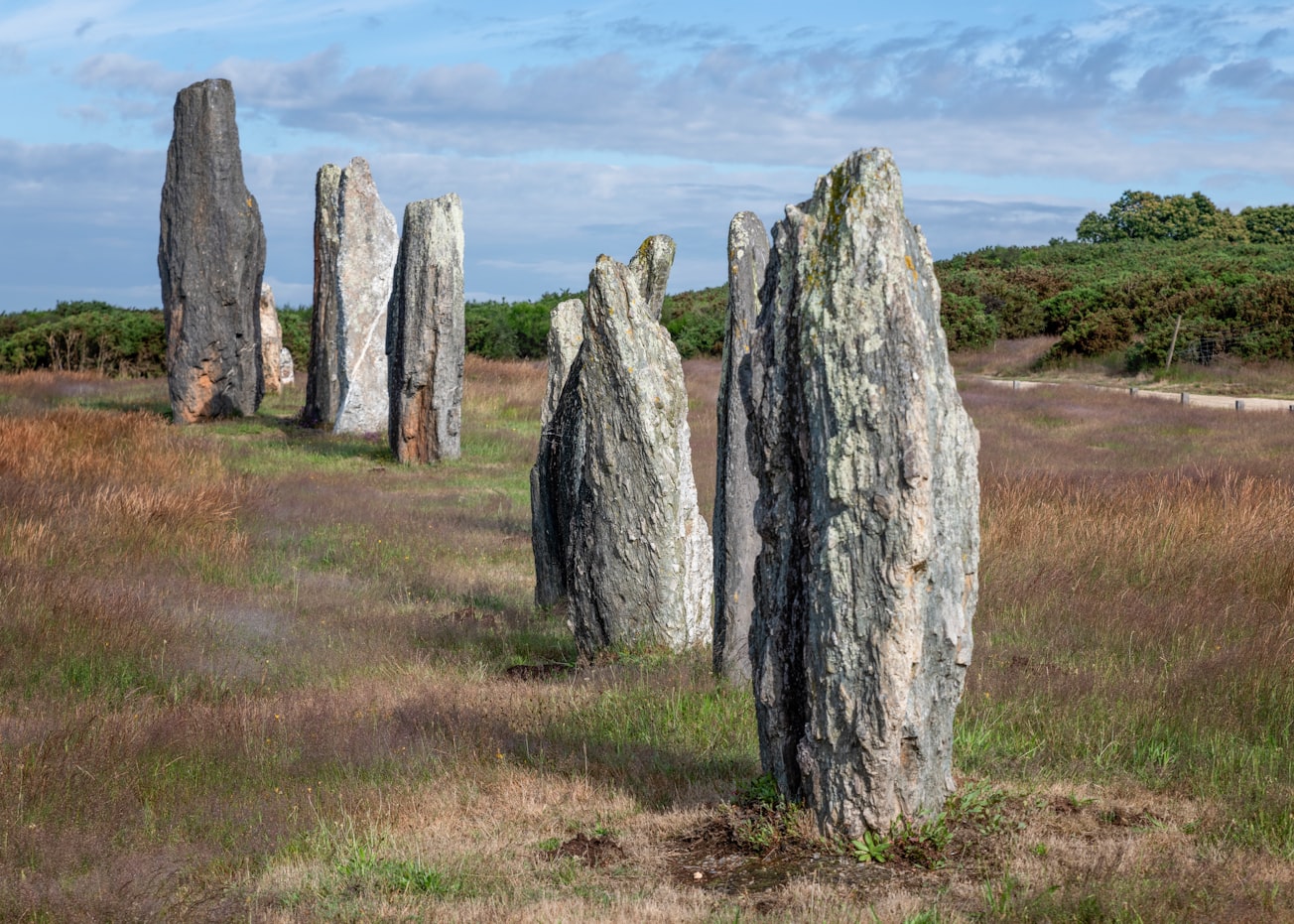What is it about?
By analyzing the materiality of stele monuments and associated material remains this article sheds light on the scale of social labor investment and past social practices behind stelae construction in the Gedeo zone, south Ethiopia. By analyzing the physical properties of stelae carving, transport, and emplacement and the distance from quarries to a stele site, the study estimates the scale of social energy investment in stelae construction. Findings indicate that the scale of labor organization, and the time and resource investment for stelae construction vary by site function and change over time.
Featured Image

Photo by Johanneke Kroesbergen-Kamps on Unsplash
Why is it important?
The Gedeo stele monuments, as products of past human actions and material manifestations in the landscape, have the potential to answer questions related to past social practices, the scale of labor organization (household vs. community vs. regional scale) in stelae construction, and the social relations that created and transformed the stele monuments in the region. The goal is to produce a reasonable estimate of energetics to provide relative figures between stele site types and overtime for comparative purposes. Estimating the number of person-hours required to construct different stele sites is used to evaluate the nature of the social investment required.
Perspectives
The scale of labor and resource organization during monument construction should reflect the social relations and organization of the people involved in the process. The main argument here is that material culture is active, and it can be used to reconstruct the scale of social organizations and past social practices. Stelae construction in Gedeo demonstrates organized labor resulting from group coordination and collective networks of social relations.
Dr. Ashenafi Zena
Washington State University
Read the Original
This page is a summary of: The scale of social labor investments and social practices behind the construction of megalithic stele monuments in south Ethiopia, Journal of Anthropological Archaeology, December 2021, Elsevier,
DOI: 10.1016/j.jaa.2021.101372.
You can read the full text:
Contributors
The following have contributed to this page







